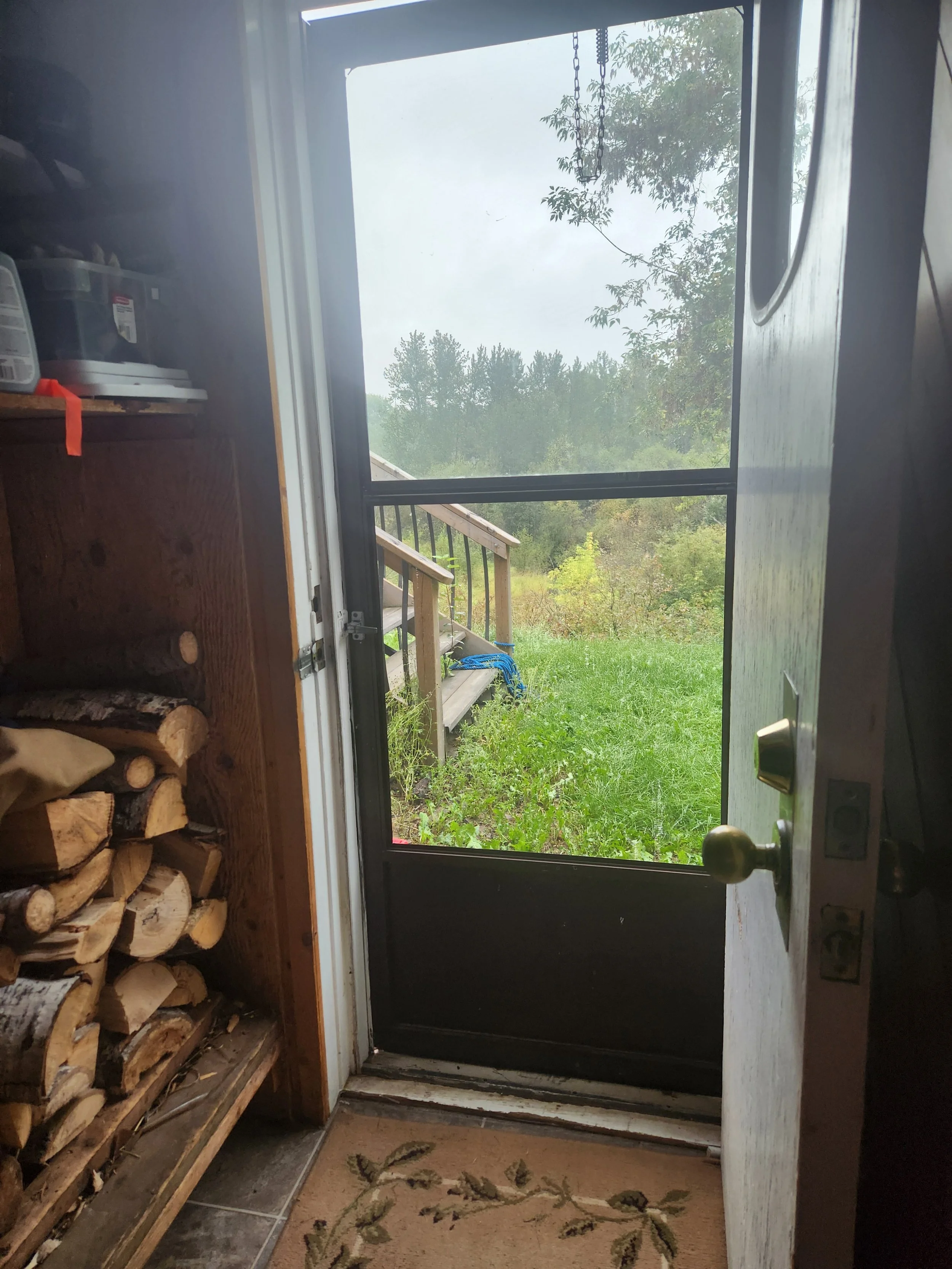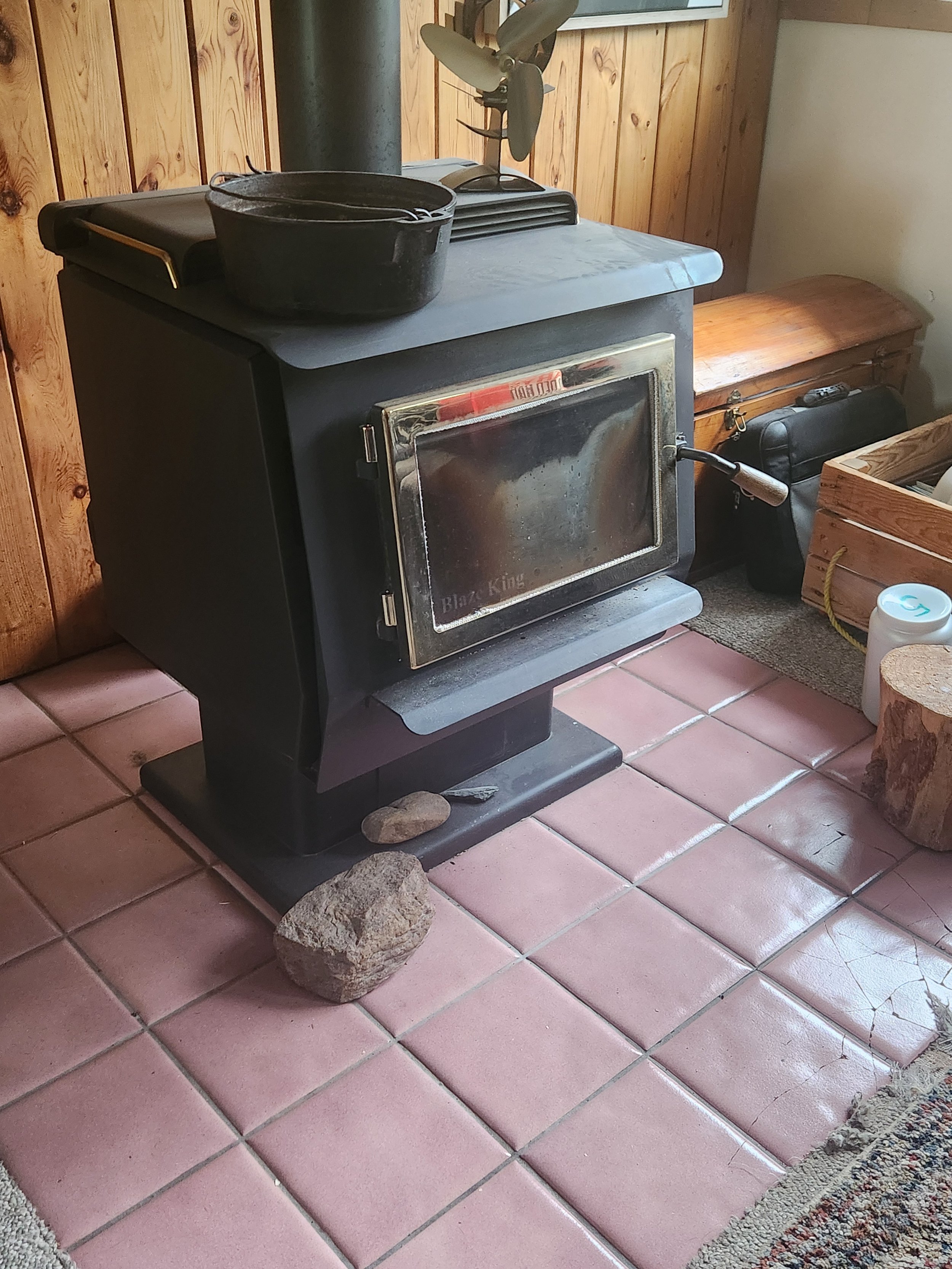Why We Avoid Putting Pianos on Outside Walls & What’s Changed
I came across a story about a boy who was learning to cook a Sunday roast. He was told to cut a slice off both ends of the roast before putting it in the roaster. When he asked why, his dad told him, “That’s how your grandma did it.”
After a little research, it turned out that the real reason was that ovens were smaller back then... which means roasters had to be smaller too. The roast wouldn’t fit in the pan!
This story shows how knowledge often gets passed down without context. Situations change, but habits and practices don’t always evolve with them.
So… Why Do We Say “Don’t Put Your Piano on an Outside Wall?”
This old rule comes from a time when houses were built much less efficiently. Insulation was poor, and in winter, you could actually feel the cold coming through the walls and windows. This meant temperature and humidity fluctuated much more near the outside walls.
Since humidity and temperature affect tuning stability, putting a piano on an outside wall meant more tuning problems.
What’s Different Now?
Today, many newer homes are built with better insulation and well-sealed windows, so walls no longer feel cold to the touch in winter. However, in older homes (even those built as recently as the 1950s to 1980s), cold walls and drafty windows can still be an issue, especially if the building hasn't been updated. So while the old reasoning about outside walls affecting your piano’s tuning may not apply in every case, it’s still relevant for many homes.
That said, the principle behind the rule is what really matters: avoiding unstable environments is key.
For example:
Placing your piano over a hot/cold air vent can cause more tuning instability than a cold outside wall ever would.
Putting a piano beside a frequently opened door that lets a –40 °C draft of cold air in or a humid summer breeze creates temperature swings.
Sitting a piano next to a wood fireplace is probably the worst choice of all.
Why Understanding the “Why” Helps
Knowing the reasons behind habits lets us rethink them as the world changes. Rather than sticking to old rules out of habit, we can make more thoughtful choices based on our current needs and environments.
FAQs About Piano Placement
-
The overall stability of the environment is crucial for your piano's health. Extreme conditions, such as neglecting to heat your home or experiencing a flood, can indeed damage a piano. Placing a piano on an outside wall is a very minor version of this, and if the temperature of the wall doesn’t change with the season, then it doesn’t matter at all if the piano is on an outside wall. The bigger problems are vents, windows, doors, heaters, air conditioners, etc.
-
The ideal condition for a piano is a dedicated music room with controlled temperature and humidity. If that is not feasible, it's best to keep the piano away from vents, heaters, and windows, which can create fluctuating temperatures. Also, avoid placing it in or near a kitchen, as cooking activities—like boiling water—can cause humidity changes. The worst place would be beside a wood fireplace. Keep in mind that perfection isn’t possible… we do the best we can with the space we have.
-
When the metal strings of a piano warm up, they expand. This leads to a slight drop in tension, and therefore pitch. Conversely, when the temperature drops, the strings contract. I demonstrate this here.
Also, temperature and humidity are directly related; so if the temperature shifts, the humidity will also shift. As we have discussed in length on different blogs, humidity will drastically change the tuning of the piano. -
Yes, heating vents can create an unstable environment, causing fluctuations in temperature.
-
Anything that causes temperature changes will affect the piano’s tuning. A wood burning fireplace can create one of the worst conditions for a piano because both the temperature and humidity are changing drastically in a cyclical manner. (As the fire starts and dies, starts and dies, etc). An electric fireplace is more like placing your piano next to a hot air vent and is less harmful.
-
The key with humidity is to maintain consistency. Place your piano where humidity and temperature remain as stable as possible. Using a hygrometer to monitor these conditions can be beneficial. For optimal care, consider investing in a Piano Life Saver (a humidity control system) to ensure your piano experiences consistent humidity levels.
-
While avoiding drafts is ideal, it’s not always practical. If possible, try to minimize your piano's exposure to drafts to maintain its tuning stability and overall condition.
-
Yes… the quality of insulation in your home is likely to affect the tuning stability of your piano. But don’t reinsulate your home just for the sake of your piano!! If your piano isn’t staying in tune to your satisfaction, consider having me install a Piano Life Saver (humidity control system designed for pianos).


